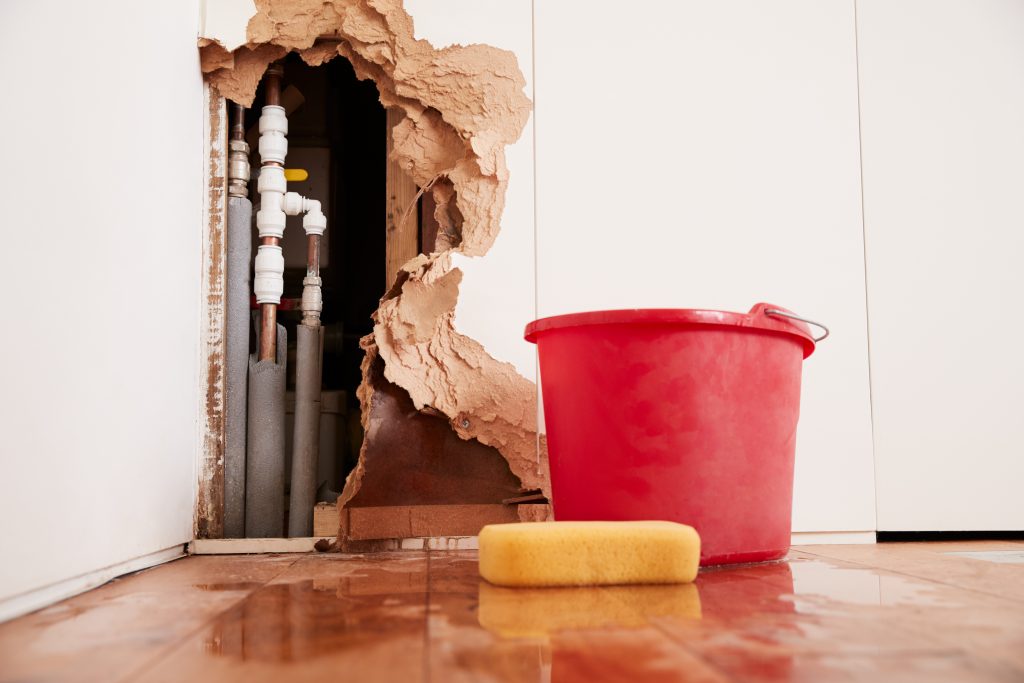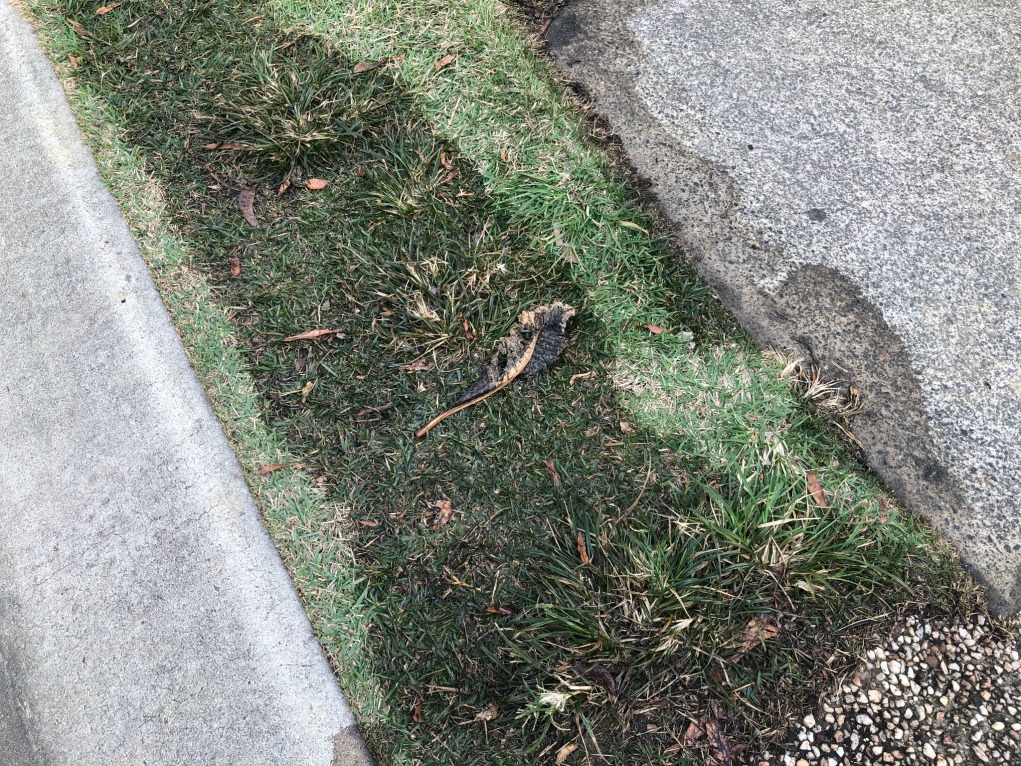How do you actually feel on the subject of Leaking water lines?

Early detection of dripping water lines can alleviate a potential calamity. Some tiny water leakages might not be noticeable.
1. Examine the Water Meter
Every house has a water meter. Examining it is a proven way that aids you find leakages. For starters, switch off all the water sources. Make sure no one will purge, use the faucet, shower, run the cleaning machine or dishwashing machine. From there, most likely to the meter and watch if it will alter. Given that nobody is utilizing it, there need to be no movements. If it moves, that suggests a fast-moving leakage. Likewise, if you discover no changes, wait an hour or more as well as inspect back once more. This suggests you might have a sluggish leak that could even be below ground.
2. Check Water Usage
Analyze your water bills and track your water intake. As the one paying it, you need to observe if there are any disparities. If you find sudden changes, regardless of your usage coinciding, it implies that you have leaks in your plumbing system. Keep in mind, your water bill ought to drop under the same variety monthly. An abrupt spike in your expense shows a fast-moving leak.
Meanwhile, a stable rise monthly, despite the exact same behaviors, reveals you have a slow-moving leakage that's additionally gradually rising. Call a plumber to extensively inspect your residential or commercial property, especially if you feel a cozy area on your floor with piping below.
3. Do a Food Coloring Examination
30% comes from commodes when it comes to water usage. Examination to see if they are running appropriately. Drop flecks of food color in the container as well as wait 10 mins. If the color in some way infiltrates your bowl throughout that time without flushing, there's a leak in between the storage tank and bowl.
4. Asses Exterior Lines
Don't forget to examine your outside water lines too. Needs to water leak out of the link, you have a loosened rubber gasket. One tiny leakage can squander tons of water as well as surge your water bill.
5. Examine the situation as well as evaluate
House owners need to make it a practice to examine under the sink counters and even inside cupboards for any kind of bad odor or mold growth. These 2 red flags suggest a leakage so punctual attention is needed. Doing regular evaluations, also bi-annually, can conserve you from a significant problem.
If you know your home is already old, keep a careful eye on your heating systems, tubes, pipelines and so on. Look for discolorations as well as compromising as many devices and also pipes have a life expectancy. They will certainly additionally naturally deteriorate as a result of deterioration. Don't wait for it to rise if you think dripping water lines in your plumbing system. Call an expert plumber right now so you do not end up with a terrible mess in your home.
Early detection of dripping water lines can reduce a potential catastrophe. Some tiny water leakages might not be visible. Checking it is a guaranteed method that aids you uncover leakages. One tiny leak can waste lots of water as well as increase your water bill.
If you suspect leaking water lines in your plumbing system, do not wait for it to intensify.
How to Know If Your Home Has a Hidden Leak
Water Meter Reveals Inexplicable Water Usage
If you’d like to test whether or not there’s a leak somewhere in your home, you can do this using your water meter. Here is how to conduct the test:
Don’t use any water in your home for at least 30 minutes; this also means not turning on faucets or water-using appliances.
Go outside, and check your water meter for activity.
If your water meter shows that there was activity, even though no one was using any water, this proves that there is a leak in your home.Visible Mold or Mildew Growth
Leaks behind walls create moist, dark environments that allow mold and mildew to grow and thrive. Eventually, you might see mold growth forming on the wall closest to a hidden leak.
If mold is growing in an area that receives a high amount of moisture, such as a bathroom, it may simply be an indication that better ventilation is needed. However, if you see mold growth on a wall or the ceiling in an area where you would not expect, you probably have a hidden leak.
Musty, Mildew Odor
Sometimes you might not be able to see the mold or mildew that is growing as a result of a leak. However, the smell can give the problem away just as easily. If you catch a whiff of something musty, there’s a good chance that old water is collecting somewhere in your home that you can’t see.
Stained/Warped Walls, Ceilings, or Floors
When your home soaks up water, a variety of red flags can become visible, including ceiling stains, bubbling drywall, warped walls, and sagging floors. While these issues can be caused by excess humidity, they can also be signs that a pipe or plumbing connection has started leaking behind your walls.
Inexplicably High Water Bill
After a while, you get a general sense for what your water bill should be. If you own a pool or sprinkler system, your bill will tend to be higher during summer. However, if you receive a water bill that seems especially high, and you can’t figure out what caused it, then you may have a hidden leak somewhere that’s increasing your bill.
https://www.plumbingjoint.com/blog/2019/july/how-to-know-if-your-home-has-a-hidden-leak/

I ran across that piece on Finding hidden leaks while doing a lookup on the web. Enjoyed our piece of writing? Please share it. Let someone else check it out. Thanks a lot for your time. Don't forget to check up our website back soon.